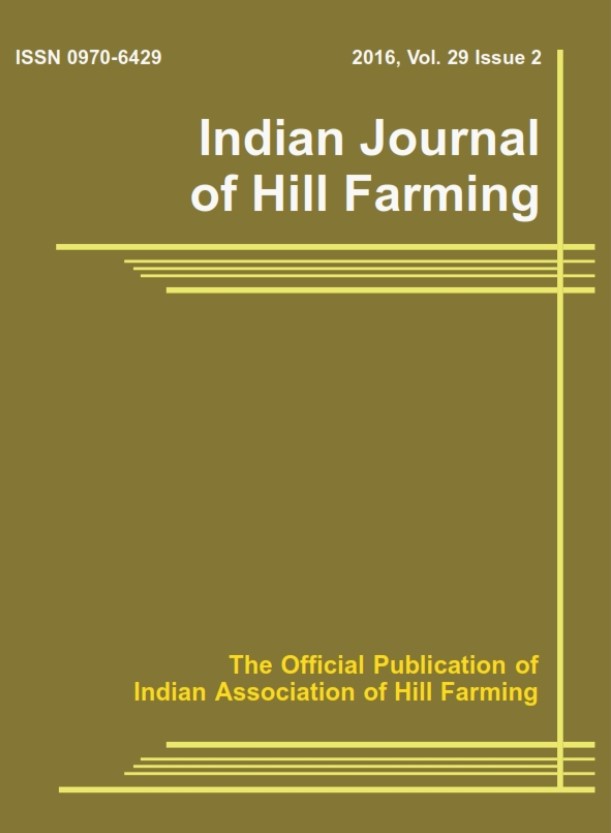A Comparative study on sodium acetate and enrichment methods of Bacillus thuringiensis isolation
DOI:
https://doi.org/10.56678/iahf-2025.38.01.8Keywords:
Bacillus thuringiensis is a very important soil bacterium that plays an immense role in managing insect pests in the agriculture field. These bacteria, as they reside in different habitats, have to be isolated in order to use them as a successful biological control agent. There are different methods of its isolation. Here, in our studies, we have compared two important methods of isolation of Bt from soil samples, viz., the sodium acetate method and the enrichment method. From the results, it’s evident that the sodium acetate method has yielded the maximum number of Bt-like isolates as well as the maximum number of Bt colonies as compared to the enrichment method. The method has yielded 733 Bt-like isolates from which 26 Bt strains were confirmed. Whereas, the enrichment method contributed only 301 Bt-like colonies and of which there were only eight confirmed Bt strains. The statistical analysis using a paired t-test has also given evidence that the two methods are significantly different in isolating Bt strains. Hence, the sodium acetate methods can be confidently recommended for the isolation of Bt from soil samples.Abstract
Bacillus thuringiensis is a very important soil bacterium that plays an immense role in managing insect pests in the agriculture field. These bacteria, as they reside in different habitats, have to be isolated in order to use them as a successful biological control agent. There are different methods of its isolation. Here, in our studies, we have compared two important methods of isolation of Bt from soil samples, viz., the sodium acetate method and the enrichment method. From the results, it’s evident that the sodium acetate method has yielded the maximum number of Bt-like isolates as well as the maximum number of Bt colonies as compared to the enrichment method. The method has yielded 733 Bt-like isolates from which 26 Bt strains were confirmed. Whereas, the enrichment method contributed only 301 Bt-like colonies and of which there were only eight confirmed Bt strains. The statistical analysis using a paired t-test has also given evidence that the two methods are significantly different in isolating Bt strains. Hence, the sodium acetate methods can be confidently recommended for the isolation of Bt from soil samples.
Downloads
Published
Issue
Section
License

This work is licensed under a Creative Commons Attribution-NonCommercial-NoDerivatives 4.0 International License.




